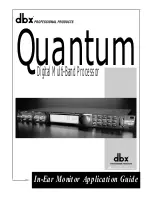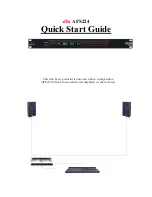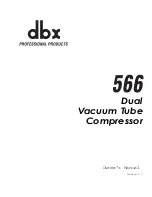
Safety
H157655_1_008
15
2.3.3
Oxygen Level Sensors
Oxygen (O
2
) monitors, or level sensors, are required in the magnet room to detect low levels
of O
2
due to cryogenic gases. At a minimum the following sensors must be provided:
• One oxygen level sensor must be above the magnet, to detect low oxygen levels caused
by high helium gas levels.
• One oxygen level sensor approx. 30 cm off the floor of the magnet room.
• One additional oxygen level sensor approx. 30 cm off the bottom of the pit, in case the
magnet is located inside a pit.
These monitors and sensors generally must be located outside the 0.5 mT (5 G) line. Check
with original equipment manufacturer for information on the effects of magnet fields on these
devices.
Please refer to
Emergency Ventilation During Installation and Quenches [
information on ventilation and exhaust solutions.
2.4
Safe Handling of Cryogenic Substances
Superconducting NMR magnets use liquid helium (all magnets) and nitrogen (only non-Aeon
magnets) as cooling agents, keeping the magnet core at a very low temperature. The safe
handling of cryogenic liquids requires some knowledge of the physical properties of these
liquids, common sense, and sufficient understanding to predict the reactions of such liquids
under certain physical conditions.
Cryogenic liquids, even when kept in insulated storage vessels (dewars), remain at a
constant temperature by their respective boiling temperature. As a result, a fraction of the
liquid constantly evaporates into the gas phase, leading to a pressure build-up inside the
storage dewar. A very important characteristic of cryogens is their enormous increase in
volume during the conversion from liquid to gaseous phase. This conversion follows a raise in
gas temperature starting at the boiling temperatures of the cryogenic liquids and going up
towards room temperature.
The gases are nontoxic and completely harmless as long as adequate ventilation is provided
to avoid suffocation. During normal operation only a small hourly rate of cryogen is
evaporated, but during a quench, an extremely large quantity of helium gas is produced
within a short time.
Cryogenic liquids must be handled and stored in
well ventilated areas
. Containers for
cryogenic liquids must be constructed with non-magnetic materials and should be specifically
designed for use with particular cryogens. Be sure to read and follow any specific instructions
provided by the container manufacturer concerning their individual products.
2.4.1
What is a Quench
A magnet
quench
is the breakdown of superconductivity in a partially or fully energized
magnet. The stored field energy is transformed into heat, leading to a fast evaporation of
liquid helium. During a quench, an extremely large quantity of helium gas is produced within a
short time.
Although helium gas is inert, if generated in large enough quantities, it can displace the
oxygen in the room causing potential danger of suffocation (refer to
Summary of Contents for AVANCE
Page 6: ...Contents vi H157655_1_008 ...
Page 24: ...System Components 24 H157655_1_008 ...
Page 32: ...Magnet Access and Rigging 32 H157655_1_008 ...
Page 38: ...Ceiling Height Requirements 38 H157655_1_008 ...
Page 72: ...Utility Requirements 72 H157655_1_008 ...
Page 82: ...Floor Plan 82 H157655_1_008 ...
Page 96: ...CryoProbe and Other Accessories 96 H157655_1_008 ...
Page 102: ...Contact 102 H157655_1_008 ...
Page 104: ...List of Figures 104 H157655_1_008 ...
Page 109: ...H157655_1_008 109 ...
Page 110: ...Bruker Corporation info bruker com www bruker com Order No H157655 ...
















































